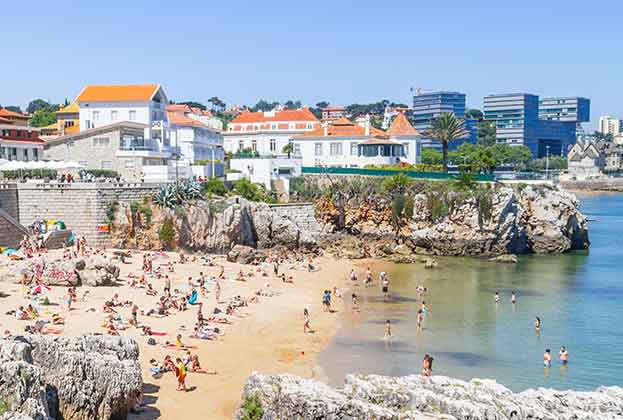Lisbon, Portugal’s atmospheric capital, is one of Western Europe’s oldest cities, built on seven hills providing vertiginous views as steep cobblestone streets tumble down to the Tagus River.
Lisbon is a small city centred on the wide, tree-lined boulevard Avenida da Liberdade in the Baixa district – the heart of downtown Lisbon. Completely rebuilt in neoclassical grandeur by the Marquis of Pombal after the earthquake in the 18th century, the area is designed around wide boulevards, grand squares and neoclassical buildings of no more than four floors, incorporating the world's first examples of earthquake-resistant architecture.
Immediately west of Baixa, on-trend Chiado has an artistic heart. Theatres, art galleries and museums mix in with shops and award-winning restaurants and cafés. The convenient location, well placed for all of central Lisbon and elegant 19th-century ‘Pombaline’ architecture combined with traditional Portuguese tiling and cobblestones make Chiado a popular and chic residential choice.
Prime prices in Lisbon, which are driven by international buyers, have risen from €5,000 per sq m in 2016 to €9,500 per sq m; exceptional properties in Chiado can reach up to €14,000 per sq m.
The neighbourhoods of Baixa and Chiado have a high concentration of the Traça Antiga buildings – this is a traditional Portuguese design characterised by high ceilings, elaborate plaster mouldings, wooden floors and perhaps high gloss tiles. Buildings in this style are often grand and flat-fronted buildings, oozing with charm and character. The drawback is that they rarely have lifts, garages or storage rooms.
Developers have responded to the demand for this typical Portuguese style from the growing group of international buyers and refurbished old buildings, generally preserving the historic façade but modernising the interior apartments and removing much of the period detail. Where possible though they do upgrade the communal areas, adding lifts, and also aim to improve soundproofing.


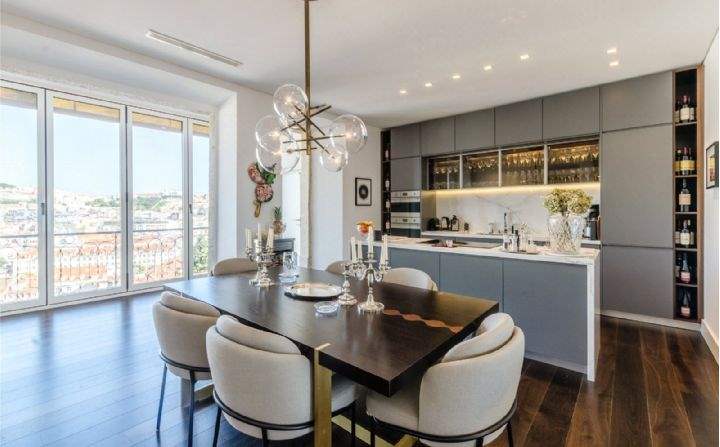
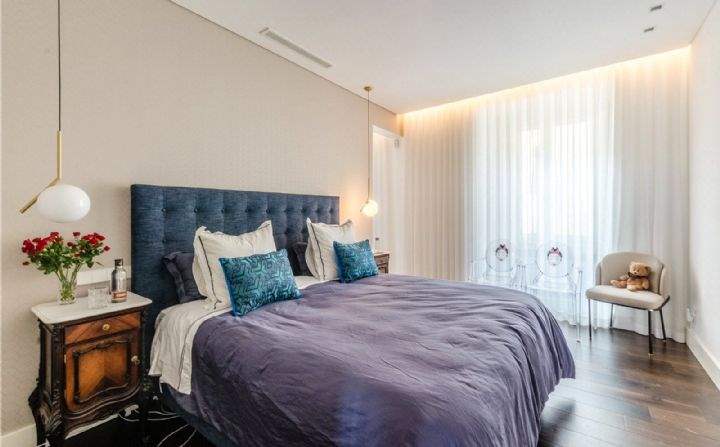
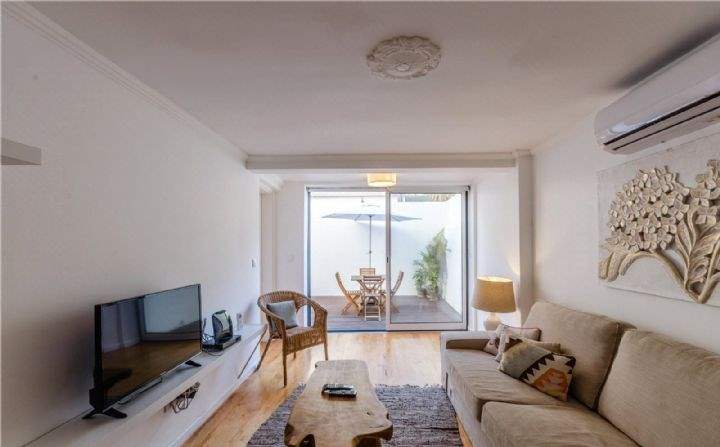
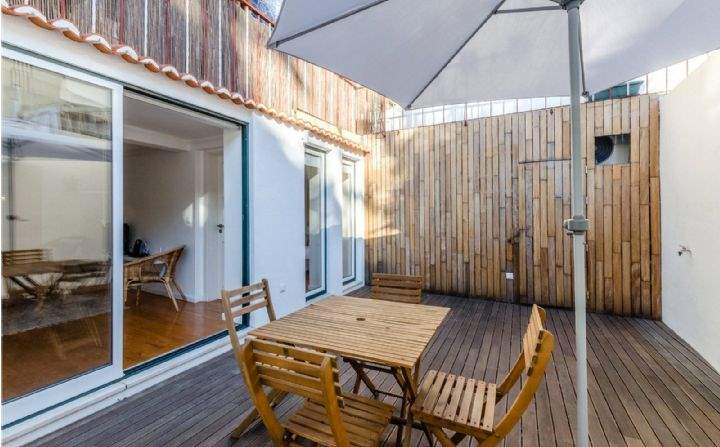
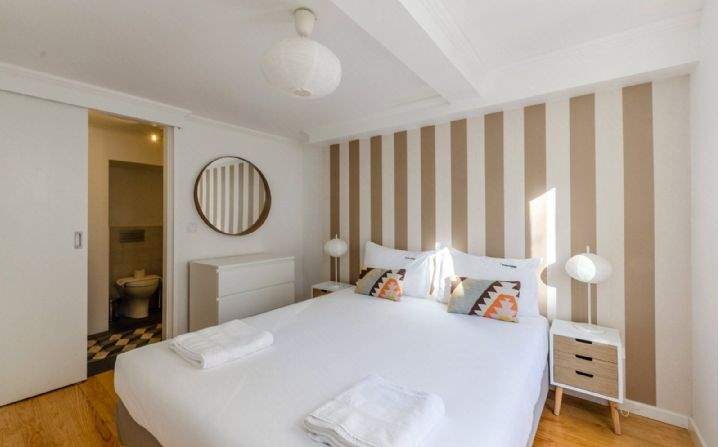
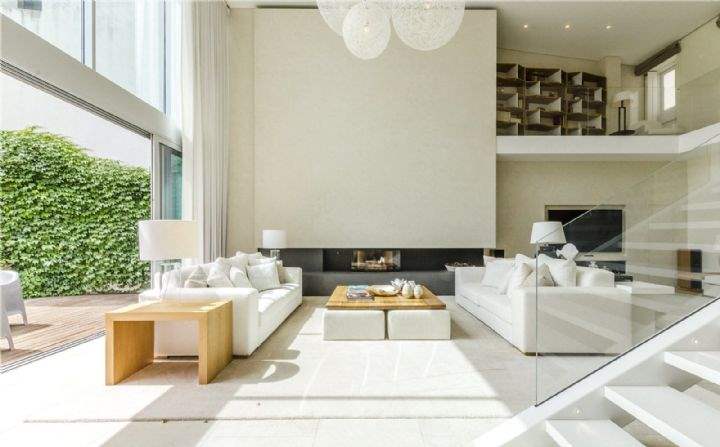
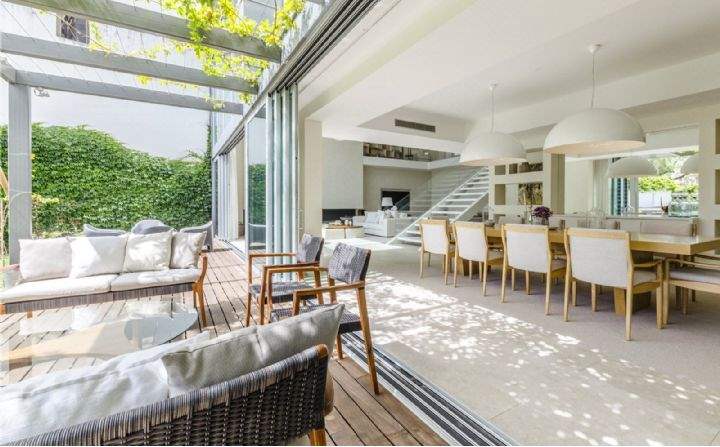
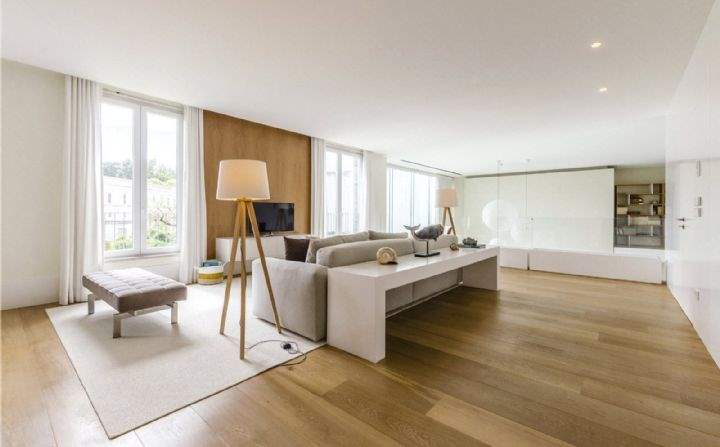
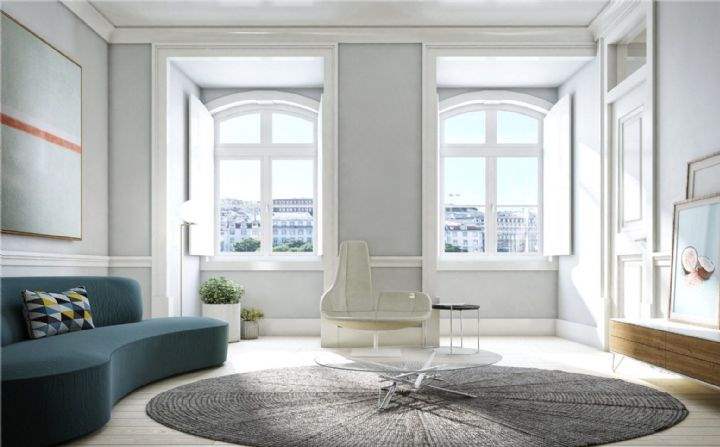
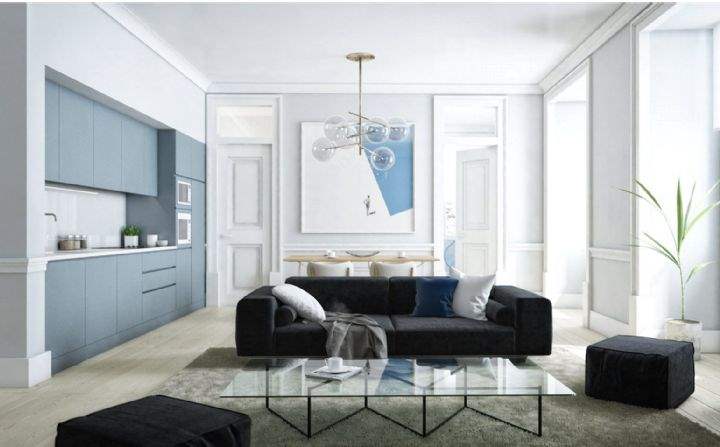



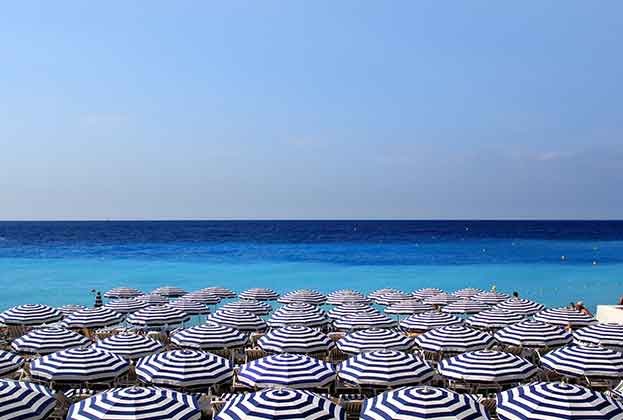

.jpg)

.jpg)

